It is chilling to learn that Faversham lost 17 per cent of its men in the First World War in addition to those who died in the Great Explosion at the Gunpowder Works. Faversham in the Great War, by Christine and Stephen Rayner, offers a glimpse into what life was like for the 11,000 inhabitants of the town at the time. The result of 14 months research, the illustrated publication was supported by the Town Council and Swale Borough Council, and is available from the Town Hall in the Market Place for £5 . The Rayners are best known for their county history magazine, Bygone Kent which is published six times a year.

Wounded soldiers at the VAD Hospital in the Mount, Faversham
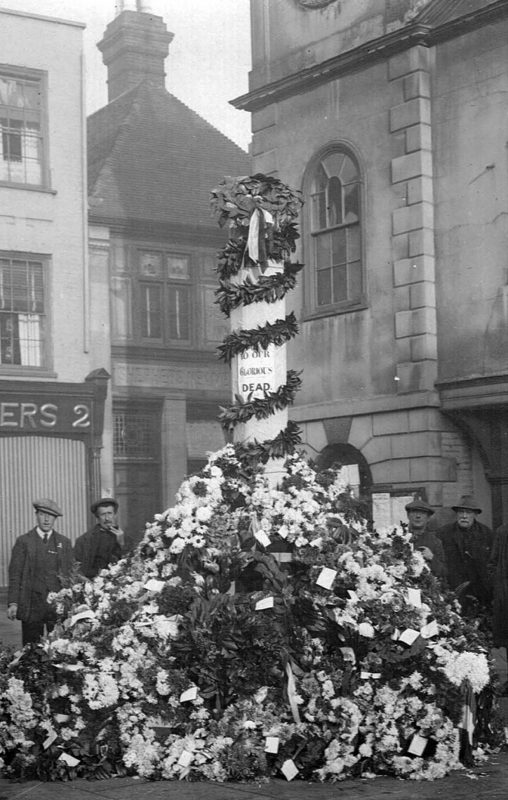
An early war memorial in the Market Square, Faversham, before the installation of the stone cross in 1922
‘It has been engrossing unearthing the forgotten stories of the men and women of Faversham who did their bit for the war effort,’ says Christine. ‘Many of these tales have not been heard since they were originally published in the local newspapers a century ago. How the population coped with the invasion of billeted troops, Belgian refugees, how regulations affected the town from day to day, how farmers coped with the shortage of agricultural workers and how women took over men’s jobs, while keeping the family together.’
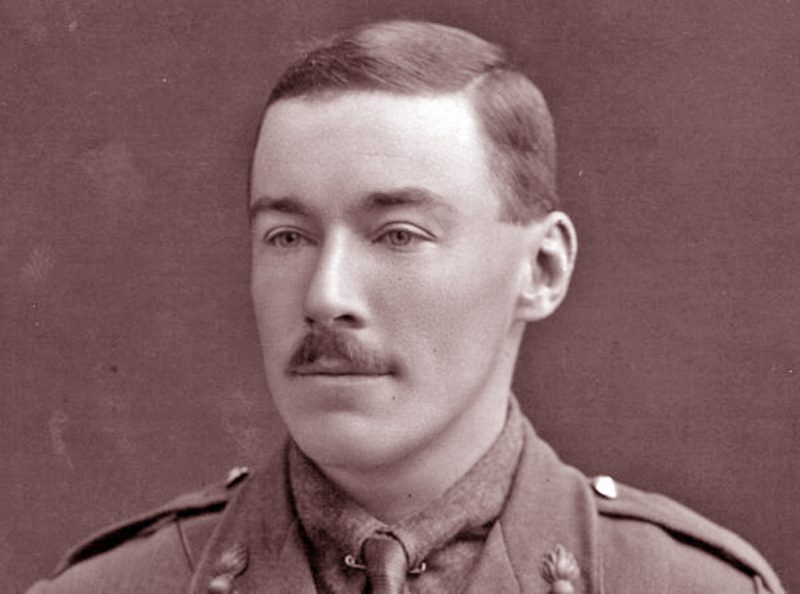
The 26-year-old Philip Neame VC
Christine was the editor of the Faversham Times and associated titles for 32 years until they shut at the end of 2011, and Stephen is a sub-editor on The Sunday Times. Much of the information was taken from letters written home by soldiers at the Front, describing the conditions they found in the trenches and on the battlefield. There is also the extraordinary tale of socialite Lady Teynham, wife of the 18th Baron Teynham of Lynsted Lodge. Clearly a plucky character, Lady Teynham hired a car and drove 1,000 miles along the Western Front in September 1915 to report back to the French Relief Committee in London on how the population was surviving under fire. She even fired a cannon into the Prussian lines, the first woman to do so.
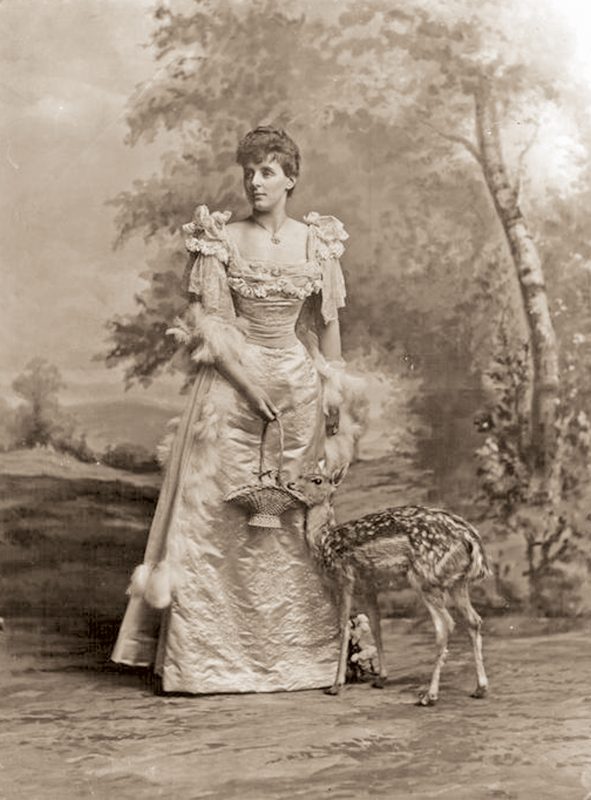
The plucky Lady Teynham who toured the Front
Other contributions include an account of the war by Mike Cosgrove, an analysis of local air defences by historian Clive Foreman and an essay on how the war affected three very different Faversham women: Carrie Alexander, the town mayoress, Frances Crosse, daughter of the parish priest, and the pragmatic Mildred Lloyd, widowed by the Great Explosion of April 1916. The author of this essay is Mary Kemp. An account of the explosion is also carried, including a harrowing description by the doctor who led the rescue mission.
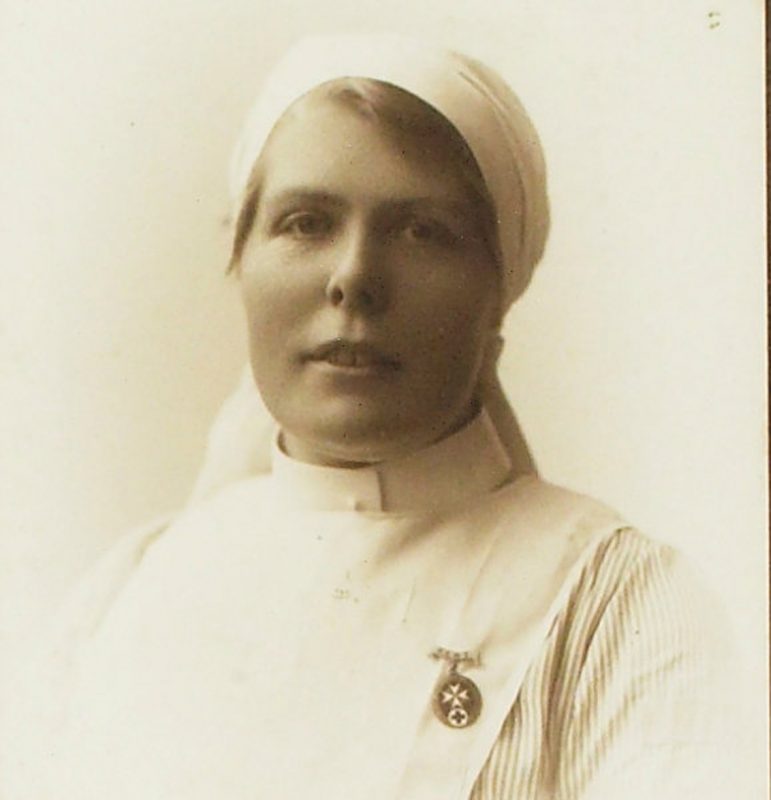
Frances Crosse, daughter of the Vicar of Faversham, whose nursing talents were praised by the wounded soldiers she nursed at The Mount, Faversham
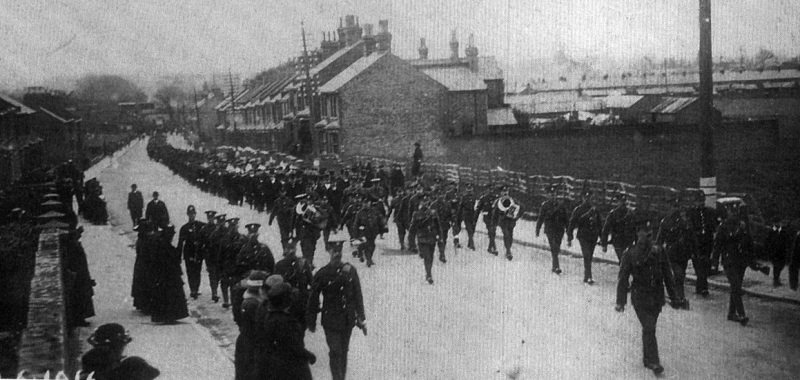
Funeral procession for the victims of the Great Explosion of April 1916
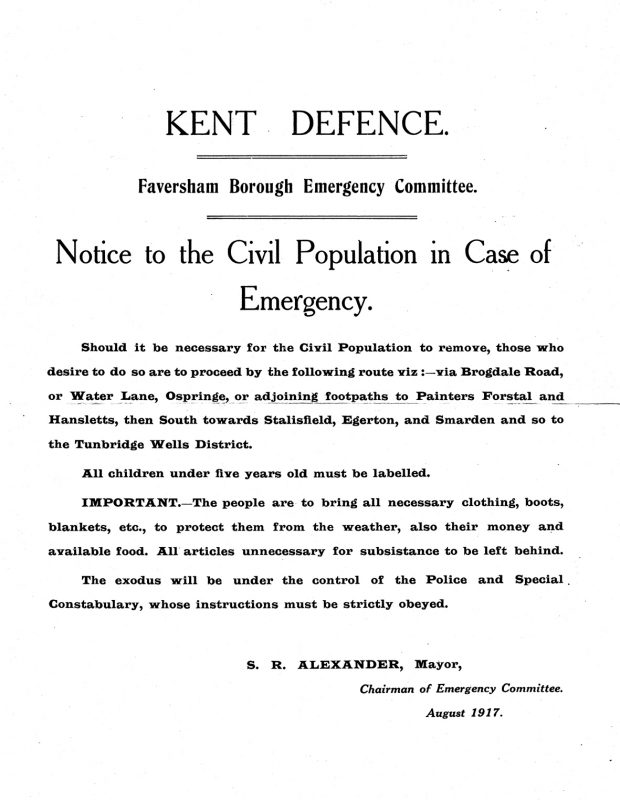
Christine Rayner and Mary Kemp will be talking about their research as part of Faversham Literary Festival, in conversation with Frances Beaumont and author Carol Godsmark, who has written a novel based on the requisitioning of buses for war work at the Front. The session is in the Assembly Rooms at 7pm on Saturday 23 February 2019.
Bygone Kent, the county’s only local history magazine, is published six times a year. Click on http://www.bygonekent.org.uk/ to subscribe.
Words: Christine and Stephen Rayner. Photographs: Bygone Kent